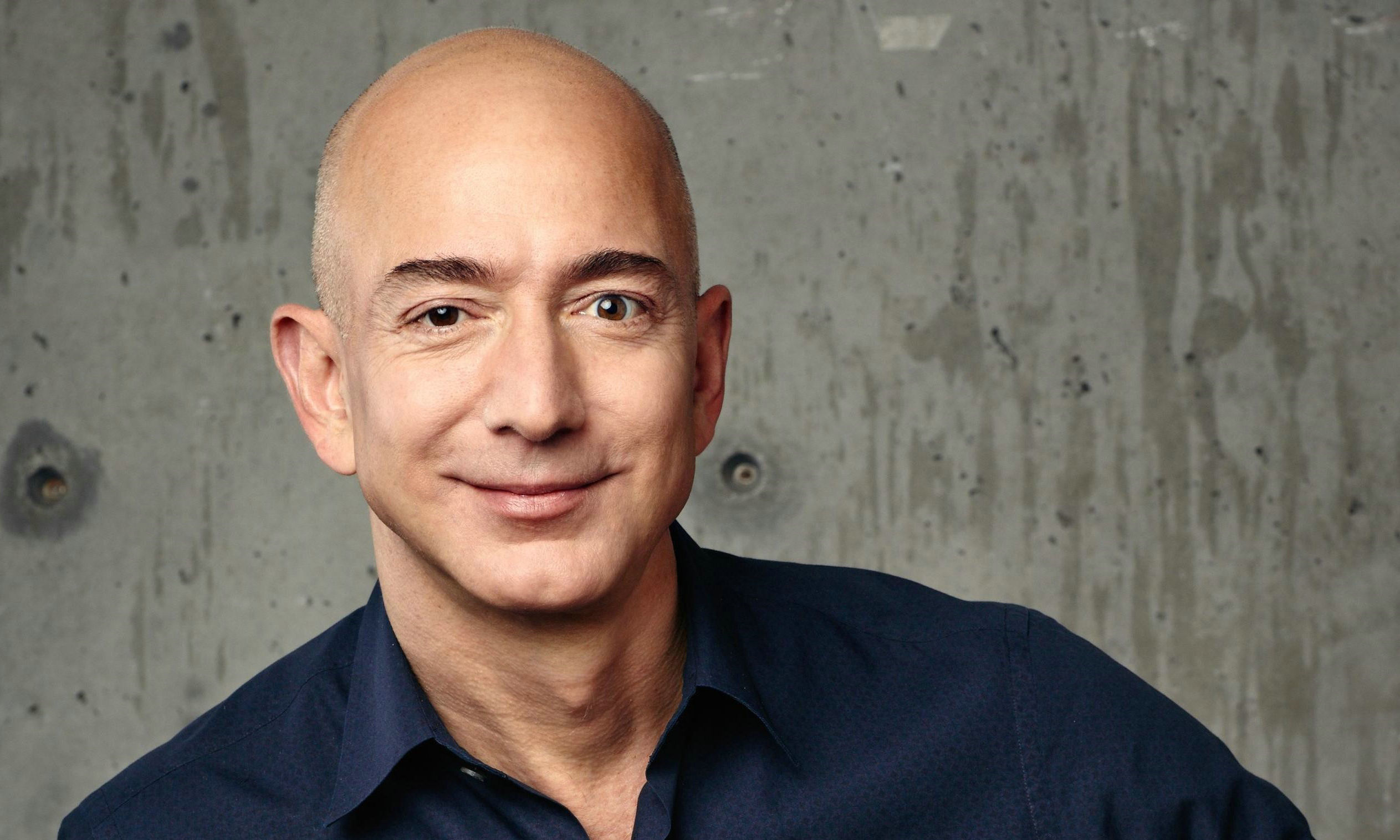Satya Nadella, the current CEO of Microsoft Corporation, with his profound insight, outstanding leadership, and unique perspective on the integration of technology and humanities, has successfully led this technology giant to complete a magnificent transformation. He is not only an outstanding corporate manager but also a thoughtful thinker. His business philosophy and humanistic concern are intertwined to form a modern corporate picture of innovation and responsibility.
[Part One: The Transformer Who Reshaped Microsoft]
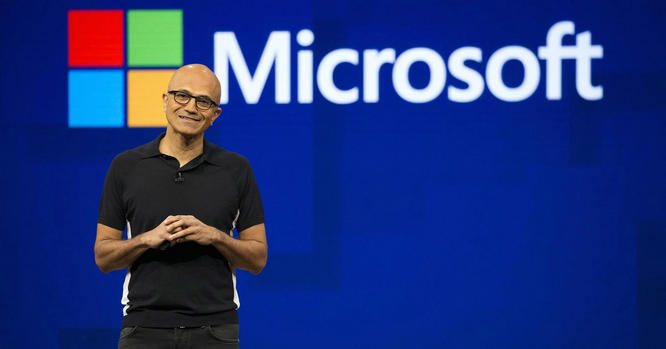
1: The Game Changer in Cloud Strategy
When Nadella took over Microsoft, the company was facing severe challenges: the advent of the mobile Internet era, the shaky dominant position of the Windows operating system, and the competitors in the cloud computing field pressing step by step. He resolutely proposed the strategy of "Cloud First, Mobile First", shifting Microsoft's focus to the cloud and striving to gain a foothold in the cloud services market.
[Data Support]
According to Statista data, since Nadella took office in 2014, the revenue of Microsoft Azure cloud service has soared from 1.2 billion US dollars in fiscal year 2015 to 21.2 billion US dollars in fiscal year 2023, with an annual compound growth rate of up to 56%, showing the great success of the cloud strategy.
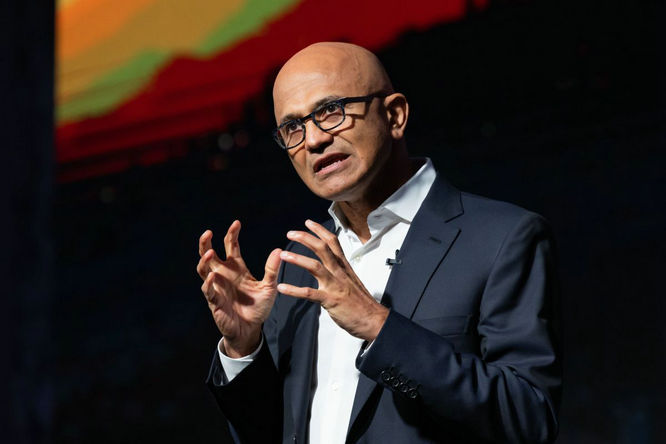
[Quote from Nadella]
"We in this industry don't respect tradition, only innovation." This sentence reveals Nadella's spiritual core of daring to break the old rules and daring to innovate. He knows well that only by actively embracing changes can one remain unbeaten in the fierce market competition.
[In-depth Analysis]
Nadella's cloud strategy is not a simple product line adjustment, but more deeply a comprehensive reform of corporate culture, organizational structure, and business model. He advocates the "growth mindset", encourages employees to embrace changes and continuous learning, and forms the ability to respond quickly to market changes. At the same time, he promoted Microsoft to shift from the traditional model of selling software licenses to the cloud model of providing subscription services, realizing a major transformation of the business model.
2: The Advocate of Openness and Cooperation
Nadella knows well that in the interconnected digital age, being closed and isolated is no different from self-limiting. He actively promoted Microsoft from being closed to open, from competition to cooperation, and built a diverse and inclusive ecosystem.
[Case Analysis]
The cooperation between Microsoft and the long-term competitor Linux is a classic. Nadella not only announced that Microsoft "loves Linux", but also made Azure the largest cloud platform running Linux containers. This open attitude has won wide acclaim from the developer community and also brought a huge user base and business opportunities to Microsoft.
[Nadella's View]
"Our goal is to enable every person and every organization on the planet to achieve more." This view reflects Nadella's grand vision. He hopes that through technological innovation, Microsoft can empower global users and help all walks of life achieve digital transformation.
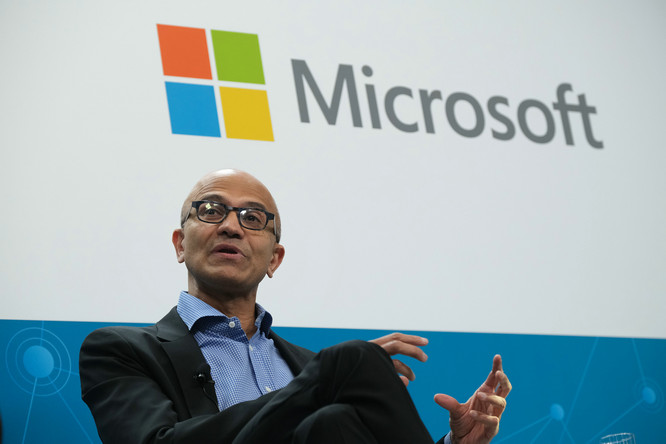
[Part Two: The Practitioner of Technology for Good]
1: The Advocate of Technology for Good
Nadella firmly believes: "The purpose of technology is to enhance human capabilities, not to replace humans." [1] He advocates that technology should be centered around people, serve social well-being, narrow the digital divide, and boost inclusive economic growth.
[Interpretation of the Quote]
This quote reveals Nadella's profound understanding of the essence of technology. He argues that technology should become an "amplifier" for humans, enhancing the quality of life and promoting social fairness, rather than replacing or alienating humans.
[In-depth Analysis]
Nadella's concept of "technology for good" is not just empty talk but runs through Microsoft's strategic planning, product development, and corporate operations. He promoted Microsoft to establish the "AI Ethics Committee" and formulate AI ethical principles to ensure the development of AI technology is in line with human values. He also advocated the "Digital Skills Popularization" plan and invested billions of dollars to improve the digital literacy of citizens globally and reduce the digital divide.
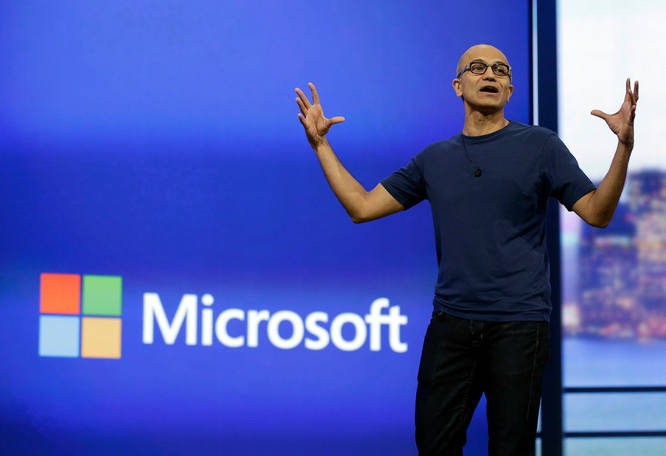
2: The Practitioner of Public Welfare Projects
Nadella is not only an advocate of technology for good but also a practitioner of public welfare projects who puts it into practice. He led Microsoft to carry out a series of projects that use technology to solve social problems, interpreting the true meaning of "technology for good" with practical actions.
[Case Analysis]
Microsoft's "AI for Earth" project is a typical example. The project invests 50 million US dollars and uses AI technology to solve global environmental problems, such as predicting forest fires, monitoring species diversity, and optimizing energy use through AI [2]. These projects not only show the powerful strength of technology but also demonstrate Microsoft's commitment and contribution to environmental protection.
[Nadella's View]
"We hope to create a 'double bottom line' business model that is beneficial to both business success and social progress." This view reflects Nadella's deep understanding of corporate social responsibility. He believes that the success of a company is not only reflected in economic indicators but also in the positive impact on society and the environment.
[Conclusion]
Satya Nadella, with his outstanding strategic vision, people-centered management concept, and sense of social responsibility of technology for good, has successfully led Microsoft out of the predicament and climbed to a new peak. He is not only an outstanding leader in the technology industry but also a model of business philosophy and humanistic concern. Under his leadership, Microsoft is now interpreting how technology can be centered around people, empower society, and connect the future with an unprecedented attitude.
